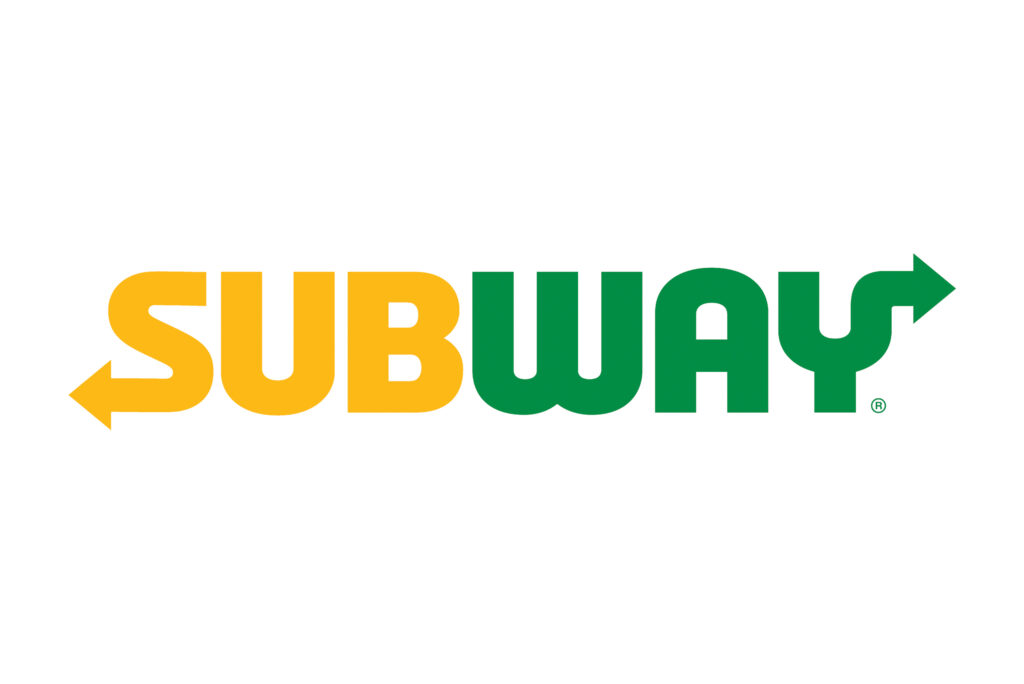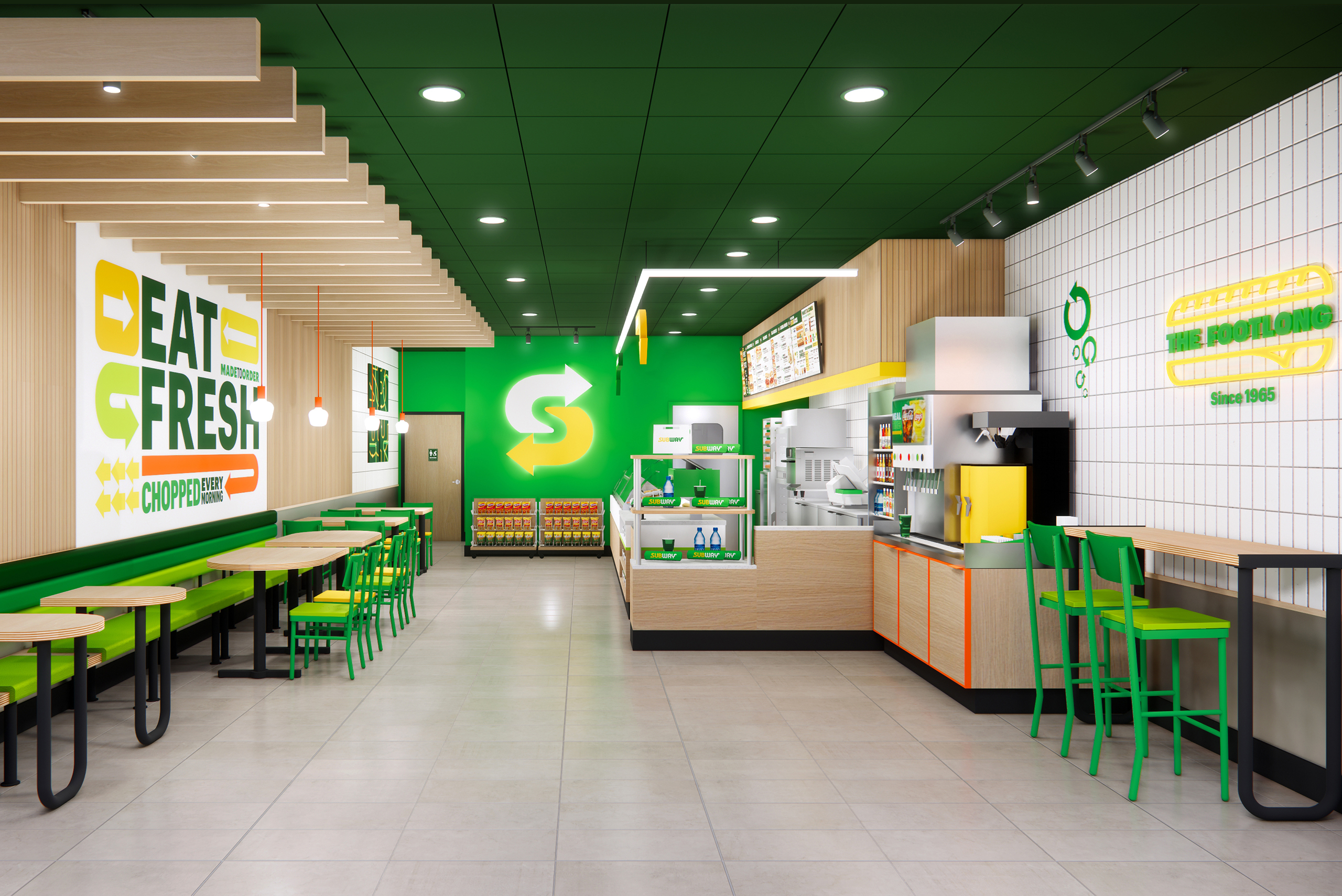Subway’s Store Closures: What’s Really Going On?
In recent months, the fast-food industry has witnessed an intriguing trend, especially with major franchise chains like Subway closing stores across various locations. Subway is one of the largest sandwich chains globally, and their decision to close a number of stores has raised questions not only about the direct impact on employees and local markets but also about the overall health and strategy of the brand. These closures are occurring in the context of shifting consumer preferences, increasing competition, and economic fluctuations, all of which play a critical role in reshaping the fast-food industry’s landscape.
The phenomenon of Subway closing stores is impacting various forms of operation, including both franchisee-owned and company-operated locations. This signals a reassessment of Subway’s market presence. The reasons behind these closures are diverse, ranging from declining sales and efficiency concerns to the brand’s broader adaptation to changing consumer behaviors, particularly after the COVID-19 pandemic and the rising awareness of health. Changes in the fast food industry are also significantly influencing Subway’s adaptability. Additionally, the rise of innovative food delivery services and the increasing emphasis on plant-based food options has prompted many chains, including Subway, to reconsider their service models and menus.
This trend sets the stage for a closer look at the factors behind Subway’s store closures and how these decisions might shape the franchise’s future. Understanding the implications requires careful examination of the contributing factors, along with their potential impact on consumer perception and the brand’s long-term viability in a rapidly changing market.
Understanding the Factors Behind Subway’s Closures
Subway, a renowned global sandwich franchise, is navigating an array of challenges that have contributed to Subway closing stores. One primary factor is changes in market trends, particularly the growing preference for healthier and more diverse food options. Consumers are increasingly leaning towards quick-service restaurants that offer customization and transparency in their ingredients, impacting Subway’s traditional model, which relies heavily on sandwiches. This shift towards healthier, more sustainable choices is evident in trends like the rise of plant-based diets, as seen in the Vegan Chocolate Revolution, which highlights how companies are adjusting to the growing demand for vegan options.
Financial performance also plays a significant role in the narrative surrounding Subway closing stores. Many franchise locations have reported declining sales and profitability, making it difficult for owners to sustain operations. A chain-wide analysis indicated a contraction in revenue, prompting Subway closing stores and reevaluating store locations to focus on more viable markets.

Competition in the fast-food sector is another vital aspect. With the proliferation of new players offering varied menu options, Subway faces heightened pressure. Chains focused on fresh ingredients, custom orders, and rapid service have effectively attracted a demographic that may have previously favored Subway. This influx of competitors not only challenges Subway’s market share but also forces the franchise to adapt quickly to retain existing customers.
Moreover, operational challenges, including supply chain disruptions and labor shortages, exacerbate Subway’s difficulties. These issues increase costs and impact the ability to maintain quality service and product availability, leading to diminished customer satisfaction. Changes in consumer preferences, as previously mentioned, also contribute to operational hurdles, requiring the franchise to pivot and innovate to remain relevant in a rapidly evolving industry.
By analyzing these factors, one can better understand the complexities behind Subway closing stores and the potential implications for its future in the competitive fast-food landscape.
Impact on Franchise Owners and Employees
The trend of Subway closing stores has raised significant concern among franchise owners and employees. For franchise operators, the financial repercussions can be severe. Many franchisees invest substantial capital, and Subway closing stores often leads to a dramatic decrease in sales and profitability. This financial strain from Subway closing stores can threaten the viability of individual franchises and may jeopardize the overall stability of the franchise system. Franchise owners have reported feeling helpless as they struggle to maintain operations amid declining foot traffic and rising costs, leading to mounting debts and stress.
Job losses are another critical consequence. Employees who have dedicated years to the franchise face uncertain futures and immediate financial challenges. From cashiers to managers, staff affected by Subway closing stores confront a harsh reality, seeking new employment in a competitive job market. The emotional toll is significant, with individuals expressing feelings of betrayal and anxiety about their livelihoods.
Testimonials from affected franchise owners and employees illustrate the human impact. One franchise owner expressed heartbreak over letting go of employees who were like family, emphasizing how Subway closing stores disrupts not just workplaces but communities. These closures represent a loss of support networks and a sense of belonging for many staff members.
The long-term implications of Subway closing stores on franchise owners and employees may reshape their futures, highlighting the need for corporate leadership to mitigate these impacts. As Subway navigates this period, considering the human element of these decisions remains essential.
Consumer Reactions to Subway’s Store Closures
The announcement of Subway closing stores has elicited a range of responses from consumers across various platforms. As this iconic sandwich franchise has been a staple in the fast food industry, the impact of these closures has left many feeling a mixture of disappointment and understanding. On social media, sentiments have been expressed variably—while some customers voice their disappointment over losing local outlets, others recognition the broader economic challenges that may have prompted these business decisions.
Understanding the reasons behind Subway’s store closures appears to be critical for many consumers. Some reluctant patrons acknowledge that the competitive landscape in the fast food sector has intensified, with a growing emphasis on healthier options and customer experience. The evolving tastes and preferences of consumers may have left certain franchises, like Subway, struggling to maintain their foothold. Moreover, some customers are concerned about how these closures may diminish their accessibility to the brand, suggesting a potential decrease in long-term loyalty to the franchise.
The social media sphere has become a microcosm of consumer reactions, where discussions range from nostalgic reminiscences of favorite sandwiches to apprehension about the overall future of the brand. Hashtags related to Subway have been trending as users share their experiences, reflecting both fondness and disappointment. This interaction could reveal how deeply intertwined Subway’s brand legacy is with its customer base. In the long term, these closures might shift consumer perceptions, particularly if remaining locations do not adequately meet customer expectations regarding service or product quality.
In light of these developments, it becomes apparent that the reactions of consumers will play a pivotal role in shaping the future viability of the Subway franchise. Adapting to their concerns will be essential for maintaining relevance in the fast food market.
Comparative Analysis: Other Fast-Food Chains Facing Similar Issues
The fast-food industry is dynamic and ever-evolving, and several notable franchises are currently grappling with significant challenges akin to those faced by Subway. One salient example is McDonald’s, which in recent years has adapted its business model in response to changing consumer preferences and economic pressures. The chain has seen a reduction in store numbers in certain regions, prompting a strategic shift towards digital ordering and home delivery services to capture a broader audience while reducing the operational costs associated with brick-and-mortar locations.
Similarly, Starbucks has also announced plans to close a number of its stores, particularly those that are underperforming. The decision follows a careful analysis of market trends and customer behavior. The company is shifting its focus toward enhancing customer experience in remaining locations through renovations and staff training, thereby prioritizing quality over quantity. This approach mirrors Subway’s own efforts to improve product offerings and customer service in the midst of store closures.
Furthermore, Wendy’s has likewise been reevaluating its restaurant footprint amid changing demographics and competition. The chain has closed certain locations while also exploring the integration of innovative technologies to streamline operations and enhance customer engagement. By maintaining a laser focus on their menu strategy and operational efficiencies, Wendy’s aims to sustain profitability without extensive physical expansion.
As part of the broader shift toward sustainability, these fast-food chains are increasingly conscious of the importance of sourcing quality ingredients. For instance, the growing focus on sustainable meats, as championed by initiatives like Starwalker Organic Farms, highlights the industry’s recognition of the need for responsible sourcing in the face of consumer demand for eco-friendly practices and regenerative agriculture. This trend is influencing how companies approach their supply chains and ingredient selection, with an emphasis on environmental and ethical considerations.
These case studies underline a broader trend among fast-food chains as they confront market challenges and shifting consumer demands. Many brands are realizing that a strategic contraction in store numbers may be necessary to remain viable in an increasingly congested marketplace. Each company presents unique responses to their closures, but a common theme emerges: adapting to a new consumer landscape through innovation, digital engagement, and an emphasis on customer experience is crucial for future success in the fast-food sector.
What This Means for Subway’s Business Strategy Going Forward
The recent trend of Subway closing stores raises pertinent questions regarding the fast food chain’s future business strategy. The closures may reflect a need for significant adaptations and strategic shifts to remain competitive in a dynamic market. Given the evolving preferences of consumers and the intense competition in the quick-service restaurant industry, it is crucial for Subway to reassess its operational approach.
One likely adaptation may involve a focused overhaul of Subway’s marketing strategies. The franchise needs to enhance its brand presence by leveraging digital marketing tools and social media platforms better. An audience-centric marketing approach can help Subway connect with new demographic groups, particularly younger consumers who prioritize convenience and localized offerings. Highlighting the brand’s commitment to fresh, healthy ingredients will be pivotal in reinforcing consumer loyalty and attracting new customers.
Additionally, Subway might consider experimenting with innovative store formats. Smaller, more streamlined store designs could facilitate a rapid service model that meets the demands of on-the-go customers. Alternatively, exploring ghost kitchens or delivery-only locations could allow Subway to maintain a presence in urban areas with high foot traffic without incurring the traditional costs associated with full-service locations.
Menu diversification is another critical avenue for Subway’s revival. By integrating seasonal items, limited-time offers, or even introducing vegetarian and vegan options, the franchise can re-engage existing customers while capturing new market share. Furthermore, forging strategic partnerships with local suppliers ensures freshness while appealing to a growing segment of consumers seeking to support local businesses.
Lastly, enhancing customer engagement through loyalty programs or mobile app innovations can foster repeat business and enhance overall customer experience. By adopting a multifaceted approach to address these store closures, Subway can reposition itself effectively in a competitive landscape while securing long-term sustainability.
Potential Positive Outcomes from Store Closures
While the closure of stores often casts a shadow over a franchise’s growth prospects, it can also serve as a catalyst for positive transformation. For Subway, strategically closing underperforming locations may present a unique opportunity to refine its business model, ensuring that it remains competitive in an increasingly crowded marketplace. By reducing the number of stores, Subway can streamline its operations, concentrate resources on remaining outlets, and thereby enhance overall efficiency.
A reduction in the number of stores allows Subway to focus on its core markets, where the brand may see stronger performance and customer loyalty. This consolidation can lead to the development of a more robust brand identity, as Subway can increase its investment in marketing efforts directed at these key markets. By recognizing where demand is sustainable, Subway can tailor its menu and services to better meet the needs of the most engaged customer base, enhancing customer satisfaction in the process.
Furthermore, with a smaller number of locations, Subway may have the opportunity to elevate the quality of service and offerings in the remaining stores. This can contribute to a more memorable customer experience, which is essential for fostering loyalty in today’s competitive food industry. Focusing on fewer locations enables better staff training as well, leading to improved interactions between employees and patrons. In turn, this can have a positive ripple effect, potentially boosting word-of-mouth marketing and further driving customer engagement.
In essence, while store closures might appear as a setback, they can catalyze a phase of rejuvenation for Subway. By eliminating less profitable locations, Subway has the capacity to recalibrate its focus, ultimately prioritizing quality and sustainability in its franchise model for the future.
Subway’s Future: Public Perception and Market Position
The recent trend of Subway closing stores has prompted significant discussions regarding the future of the brand within the competitive landscape of the fast-food industry. Public perception of Subway is multifaceted, encompassing factors such as customer loyalty, brand image, and the overall experience provided at its outlets. As the franchise streamlines its operations by closing underperforming locations, it faces the challenge of reshaping its image while simultaneously addressing the concerns of its consumer base.
The closures, while necessary for operational efficiency, risk leading to a perception of instability. Frequent customers may interpret these moves as a sign of weakness or declining popularity. However, Subway’s management has emphasized a strategic shift aimed at enhancing the quality of their offerings and the overall guest experience. This reframing of store closures as part of a larger renewal strategy could help mitigate negative perceptions, presenting the brand as one keen on adaptation and innovation.
Main competitors in the fast-casual dining sector, such as Chipotle and Panera Bread, have carved out strong niches that appeal to health-conscious consumers. In response to heightened competition, Subway has made moves to revitalize its menu, promoting fresh ingredients and health-focused options. By aligning its brand with current market trends emphasizing nutrition and quality, Subway aims to regain consumer trust and reposition itself favorably in the market.
Furthermore, engaged consumers are more likely to support businesses that demonstrate adaptability and responsiveness to feedback. As Subway takes steps towards modernizing its outlets and refining its menu, fostering a connection with its patrons becomes paramount. This focus on customer engagement may lead to a strengthened market position, enhancing loyalty, and improving Subway’s public image in the face of challenges.
The Road Ahead for Subway
The recent decision by Subway to close a number of its stores marks a pivotal moment for the franchise. This development signals not only the challenges that the brand faces in a competitive fast-food landscape but also highlights the necessity for strategic adaptability. As consumer preferences evolve, the need for innovative approaches and a relevant menu becomes increasingly crucial for Subway’s survival.
Throughout this discourse, we have explored various factors contributing to these store closures, such as shifting consumer trends towards healthier dining options and the growing competition from other sandwich providers. Furthermore, the impact of economic conditions and changing consumer behaviors must be considered as Subway navigates this transitional phase. With an eye on the future, it becomes evident that the brand’s adaptability will be key to its resilience.

Going forward, Subway has the potential to thrive by implementing consumer-centric strategies that prioritize understanding and meeting customer needs. This could involve reimagining menu offerings, enhancing the quality of ingredients, and investing in marketing that resonates with the current generation of diners. The brand must leverage technology to optimize operations, streamline delivery services, and enhance customer engagement through digital platforms.
In the highly competitive fast-casual dining sector, the ability of Subway to reinvent itself while remaining true to its core identity will dictate its success. By tackling the present challenges head-on and focusing on sustainable growth strategies, Subway can emerge stronger. The path ahead necessitates a thorough evaluation of current practices, a willingness to innovate, and a dedicated effort to connect with consumers. In conclusion, the future of Subway hinges on its ability to adapt and meet the ever-changing demands of the marketplace, ensuring that it remains a key player in the franchise sector.





